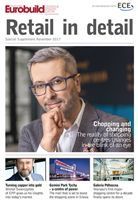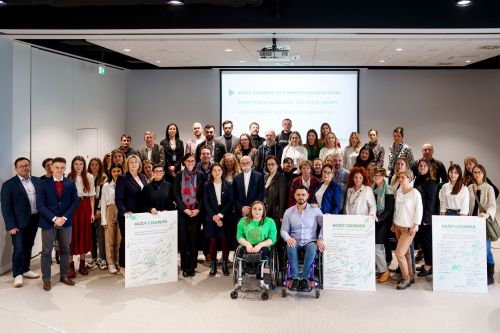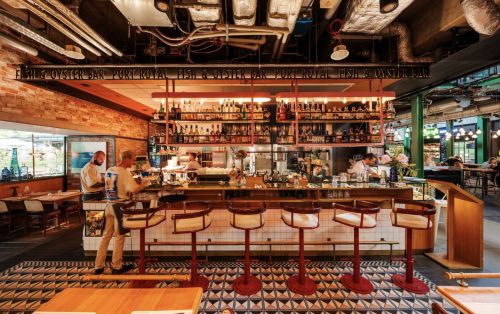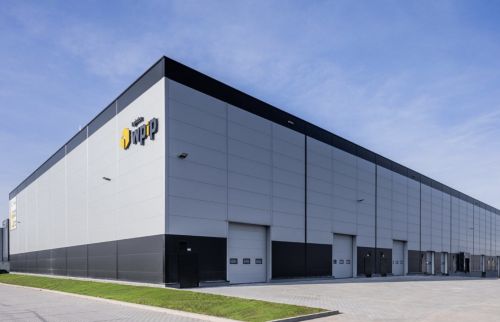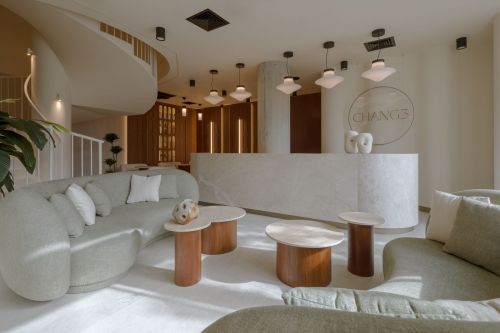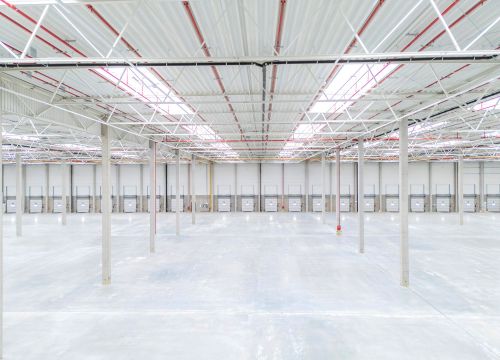Aneta Cichla, ‘Eurobuild CEE’: ECE Future Labs was set up in 2013. Could you tell us what it is currently involved in?
Joanna Fisher, managing director, centre management, ECE Projektmanagement: At the start it was a small think tank for analysing the various digital projects for shopping centres. Since then, the department has expanded so much that its remit now includes large pilot programmes such as the Digital Mall, which we are testing in the Alstertal Einkaufszentrum mall in Hamburg. At this time we are working with 30 large chains and we have over 200,000 products in our virtual centre. We are constantly working on increasing the number of tenants in the programme and on the technical aspects of the project. We work on the assumption that a shopping centre is a platform that combines various forms of retail. This is why we are focusing on a few projects. One is the development of omni-channel sales, which we have been analysing very carefully. Another important





























